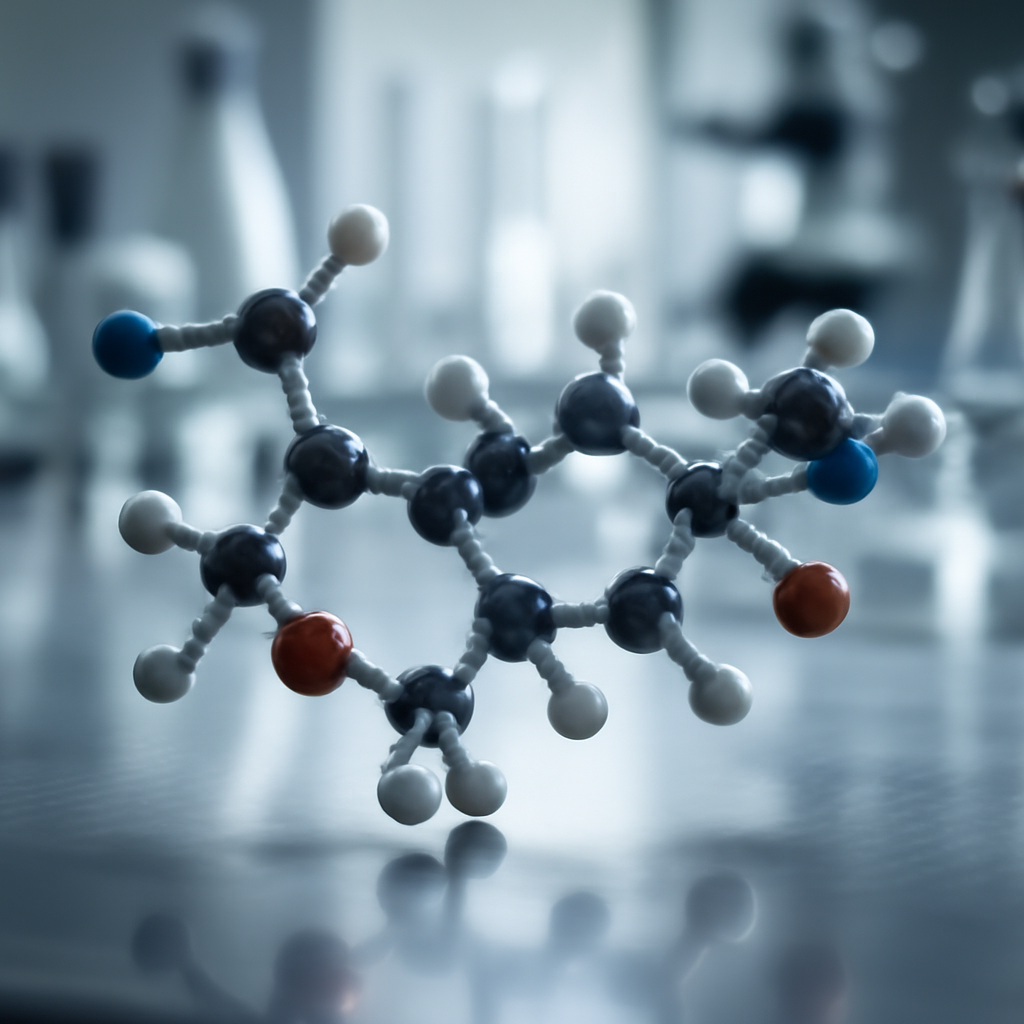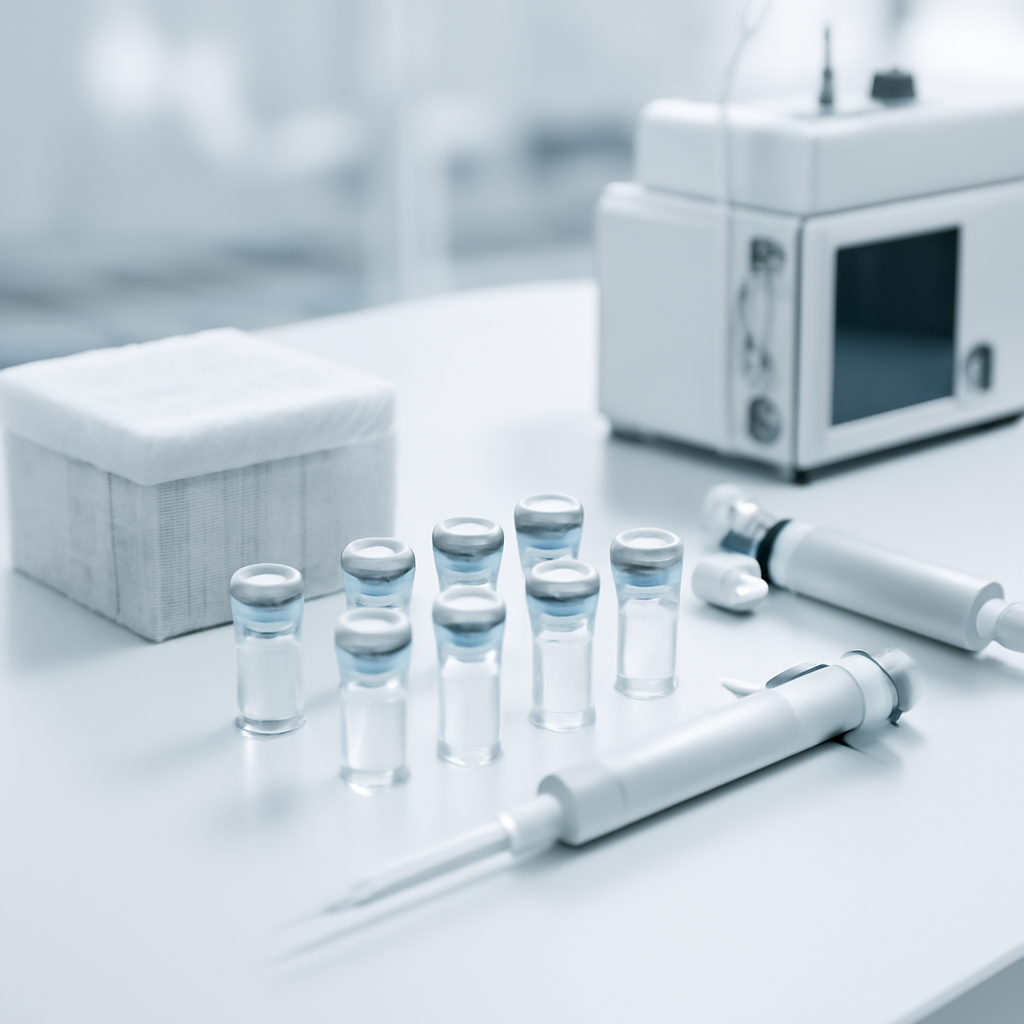Understanding the Biological Impact of BPC-157 in Preclinical Research
In the realm of peptide research, BPC-157 has garnered significant attention due to its potential therapeutic properties observed in various preclinical studies. Although primarily examined for its regenerative effects, understanding its side effects and molecular mechanisms is crucial for researchers aiming to explore its applications safely. This article delves into the scientific insights on BPC-157, focusing on its mechanisms of action, typical dosing in research settings, and best practices for storage and handling to ensure integrity during experimentation.
Peptide Background and Scientific Properties
BPC-157, or Body Protective Compound-157, is a pentadecapeptide derived from a protein found in gastric juice. Its unique amino acid sequence confers notable stability, making it resistant to enzymatic degradation, which is advantageous in experimental settings. Preclinical studies have demonstrated that BPC-157 can promote angiogenesis, modulate inflammation, and support tissue healing. These properties make it a compound of interest in understanding cellular repair mechanisms and molecular pathways involved in regeneration.
Mechanisms of Action
Cellular Pathways Affected
BPC-157 influences multiple cellular pathways, notably those involved in angiogenesis and tissue regeneration. It upregulates growth factors such as VEGF (vascular endothelial growth factor), which promotes new blood vessel formation essential for tissue repair. Additionally, it modulates the expression of genes associated with cell survival and proliferation, including those within the nitric oxide signaling pathway, contributing to enhanced cellular resilience and repair capacity.
Receptor Interactions
While the exact receptor mechanisms remain under investigation, some studies suggest that BPC-157 interacts indirectly with the G-protein coupled receptor (GPCR) family, influencing downstream signaling cascades. Its ability to modulate the nitric oxide system indicates a potential interaction with receptors involved in vasodilation and inflammatory responses, which are critical in tissue healing processes.
Research Use and Experimental Protocols
In preclinical research, BPC-157 is typically administered via subcutaneous or intraperitoneal injection in animal models. Dosing varies depending on the study’s objectives but generally ranges from 10 to 10,000 micrograms per kilogram of body weight. Researchers often employ doses that are scaled appropriately for their models to observe effects on tissue regeneration, inflammation, or angiogenesis. Delivery methods include injections directly into the target tissue or systemically, depending on the specific experimental design. Outcomes are assessed through histological analysis, molecular assays, and functional tests to evaluate healing processes.
Comparison with Other Research Peptides
Compared to peptides like CJC-1295 or Tesamorelin, which primarily focus on hormonal modulation, BPC-157 is distinguished by its regenerative and angiogenic properties. While CJC-1295 acts on growth hormone releasing pathways, BPC-157’s effects are more localized to tissue repair and inflammation control. These differences inform their respective experimental applications and dosing strategies, emphasizing the importance of selecting appropriate peptides based on research objectives.
Storage, Stability, and Handling
For optimal stability, BPC-157 should be stored at -20°C in a lyophilized form and protected from light. Reconstituted solutions are best kept refrigerated at 2-8°C and used within a specified period to prevent degradation. Dissolving the peptide in sterile water or buffer solutions ensures compatibility with experimental protocols. Proper handling and storage are critical to maintaining peptide integrity, reproducibility of results, and minimizing degradation-related effects during research.
Conclusion
Understanding the molecular mechanisms and biological effects of BPC-157 enhances the scientific community’s ability to design robust preclinical experiments. Researchers should carefully consider dosing, delivery, and storage protocols to ensure reliable results. While promising, further studies are essential to elucidate its full range of biological activities and potential applications in regenerative medicine research.
Disclaimer: This content is for educational and research purposes only. None of the peptides mentioned are intended for human use.


